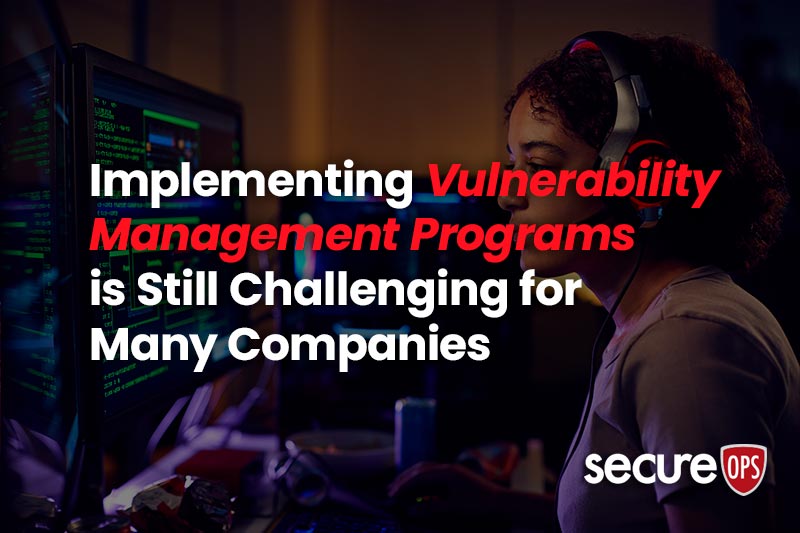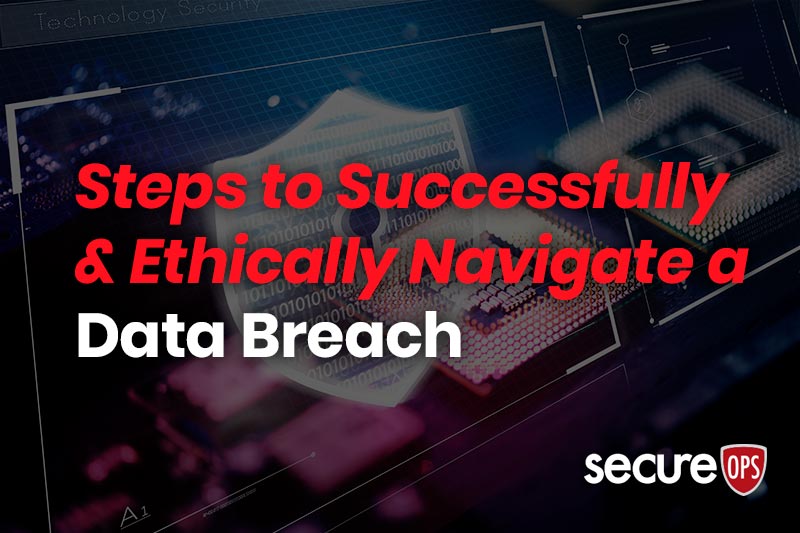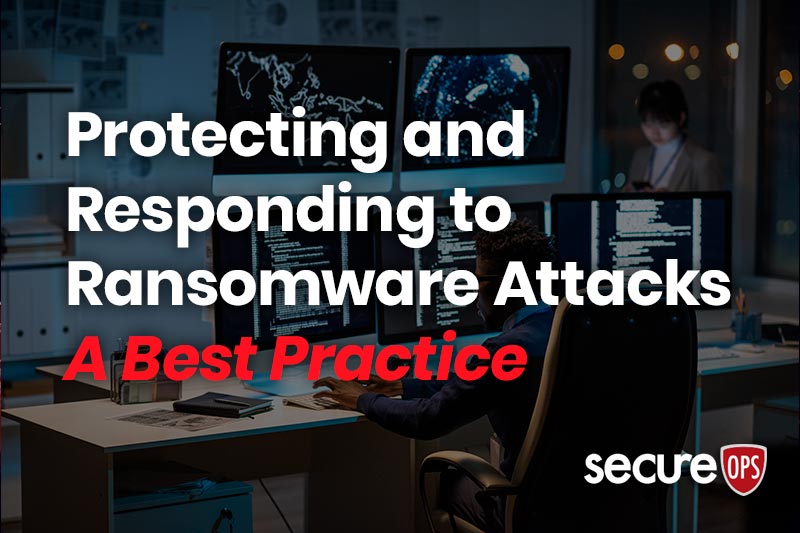Implementing Vulnerability Management Programs is Still Challenging for Many Companies – Part 1
We’ve written considerably on Vulnerability Management, Vulnerability Assessments, and Patch Management because they are critical to preventing cyber attacks. I’ve provided links to several of the most-read blog posts we
A Guide to Successfully Handling a Data Breach
We’ve written several blog posts about incident response and how organizations respond to data breaches. Each was significantly different from the others in terms of how they dealt with the
Protecting and Responding to Ransomware Attacks – A Best Practice
Let’s start with the basics: ransomware, a malicious software, poses a significant threat to organizations by encrypting their data and demanding payment for its restoration. This type of attack disrupts
DDoS Attacks on Critical Infrastructure: A Look at Hydro-Québec’s Website Outage
Recently, the critical infrastructure of Canada has once again become the target of cyberattacks. Pro-Russian hacking groups have launched a series of DDoS or denial of service attacks, causing operational
ChatGPT-3 and now ChatGPT-4 — What Does it Mean for Cybersecurity?
We’ve been watching the evolution of ChatGPT, particularly the addition of GPT-4 which was officially announced on March 13, as of now, however, it’s only available in the ChatGPT Plus
The Indigo Bookstore Ransom Cyber Attack – Lessons Learned
The recent attack on the Indigo Bookstore left many cyber security analysts scratching their heads. How did attackers seize control of systems through ransomware, and how was a zero-day exploit
Analyzing Security Incidents for a Better Future Response
We wrote about Incident Response in blog post titled “Incident Response Technology has become Critical to Limiting Damage.” We discussed the dramatic increase in the number of attacks including the
Organizations Struggle Implementing Compliance Requirements Including NIST & Zero Trust Mandates
Over the last year, we’ve seen a literally flood of government legislation and formal guidance concerning cybersecurity best practices. New mandates have been coming or to the cyber community fast
How to Implement an Effective Vulnerability Management Program
We’ve written considerably on Vulnerability Management, Vulnerability Assessments and Patching because they are so critical to preventing attacks. I’ve provided links to several of the most read blog posts we
Why Incident Response Technology has become Critical to Limiting Damage
Businesses and organizations operating in today’s connected world face a variety of dangerous new threats from cyber criminals. To keep pace with the Digital Transformation, organizations have to provide convenience











